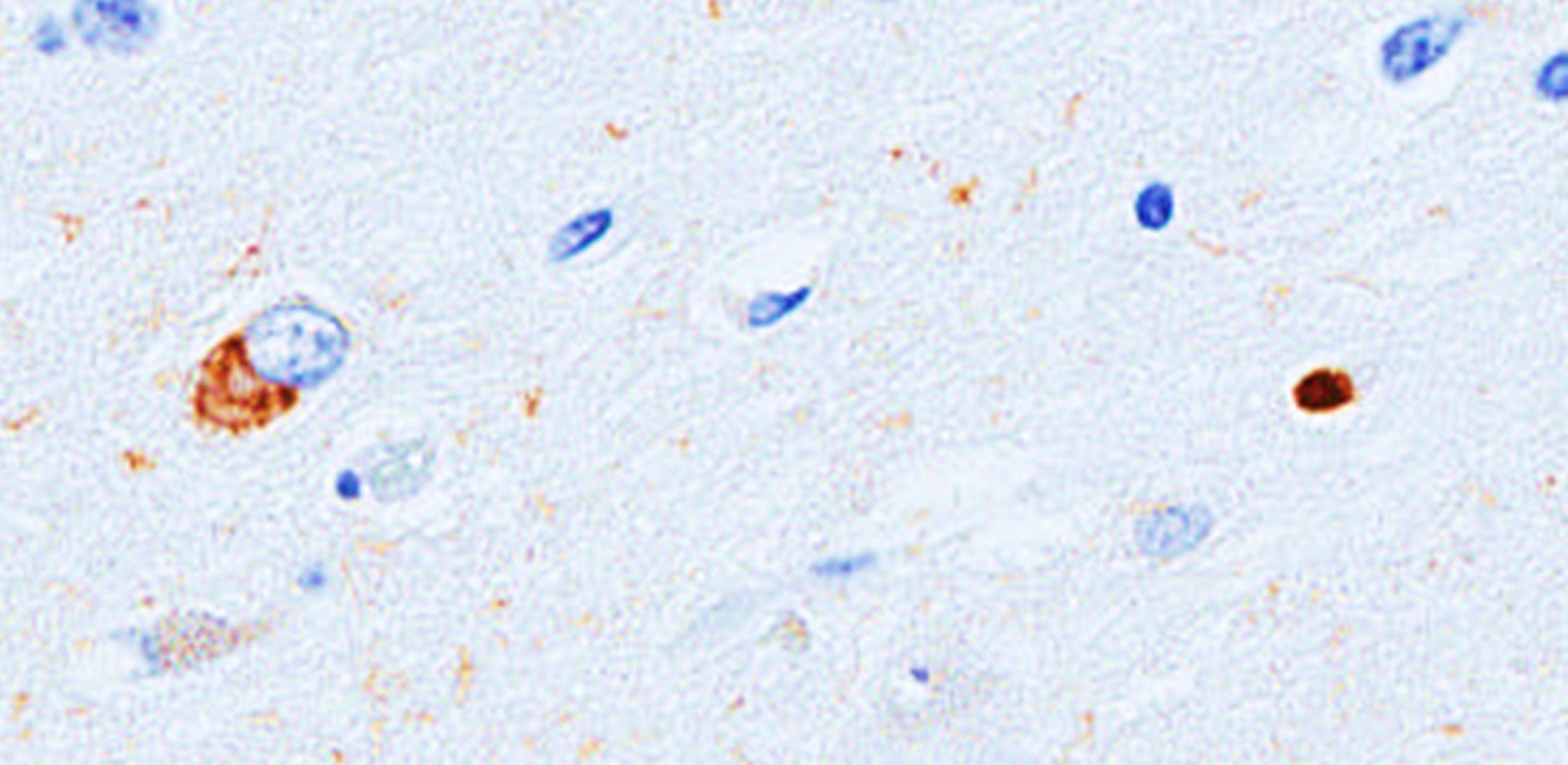In collaboration with the University of Kentucky, the University of Texas Southwest Medical Center, Rush University Medical Center, the University of Cambridge in the U.K., and other institutions, Mayo Clinic researchers helped to establish a name for a degenerative brain disease that afflicts the elderly and mimics features of Alzheimer’s disease. This working group describes "limbic-predominant age-related TDP-43 encephalopathy," or LATE, as an underrecognized risk for public health and calls for an urgent focus on research to improve prevention, diagnosis and treatment of the disease. The report appears in the journal, Brain.
"LATE is a prevalent but underrecognized condition in the elderly," says Dennis Dickson, M.D., a Mayo Clinic neuropathologist. "We have been studying this protein for many years, but now we have a common goal to target, which is something we want to make clinicians aware of. LATE needs to be recognized and differentiated from Alzheimer's disease."
Researchers from Mayo Clinic were among the leaders of the working group, with the University of Kentucky leading the study. Dr. Dickson and colleagues identified the first pathological manifestation of LATE in 13 elderly patients with dementia and brain changes in 1994. Other groups have built and expanded on his and others' early work.
Read more at Mayo Clinic
Image of LATE-neuropathologic change. CREDIT: Mayo Clinic


